Sigma S 60-600 mm f/4.5-6.3 DG OS HSM
10. Autofocus
In the 400-600 mm range that focusing time becomes a bit longer, amounting to 0.5-0.6 of a second. When we started from the minimum focusing distance and went to infinity we didn’t encounter any problems. The other way round the lens sometimes wavered, especially while photographing poorly lighted scenes or those with less contrast, and the focusing process lasted a bit longer. Of course you can always employ the focus limiter, set at 6 meters by default. In that case the focusing time is shortened by 0.1-0.2 of a second and there will be no focus hunting either. It’s also worth adding that the focus limiter range can be adjusted with the help of the USB Dock.
By the way I think that, with such a focal range, configuration possibilities, and the price of the offered lens, Sigma should think about adding the USB Dock device to the accessory kit.
Please Support UsIf you enjoy our reviews and articles, and you want us to continue our work please, support our website by donating through PayPal. The funds are going to be used for paying our editorial team, renting servers, and equipping our testing studio; only that way we will be able to continue providing you interesting content for free. |
- - - - - - - - - - - - - - - - - - - - - - - - - - - - - - - - - - - - - - - - - - - - - - - -
In the case of the older body of the EOS 50D the speed of the focusing mechanism doesn’t differ greatly but the autofocus unit is less accurate – especially in worse lighting conditions. There are many situations where autofocus hunts for the proper position which obviously makes the whole process longer. Still it should be noticed that these situations happen most often at the longest focal lengths and they are practically non-existent in the 60-150 mm range.
I always am fairy surprised when I read quite common complaints concerning the Sigma autofocus, posted under our tests, on our forum, or in other places across the Internet. Users claim they’ve spent a lot of time calibrating the lens with the help of the USB Dock and still its performance is a matter of chance. I don’t know; maybe I am extremely lucky when it comes to Sigma lenses or maybe the autofocus unit is not as bad as some users say it is but so far we haven’t observed such problems. What’s more, the lens we took our sample shots with performed very well at any focal length and at any distance without even the slightest calibration done either through the USB Dock or the microcalibration in the camera body.
In order to keep the balance we have to add that its performance is not as excellent and steady as the performance of autofocus units featured by expensive, top-of-the-range 2.8/400, 4/500 or 4/600 primes. Still for a lens aimed at amateur photographers which costs a fraction of the price of the aforementioned primes it fared really well and should be assessed very positively indeed.
| Canon 50D, 200 mm, f/5.6 |
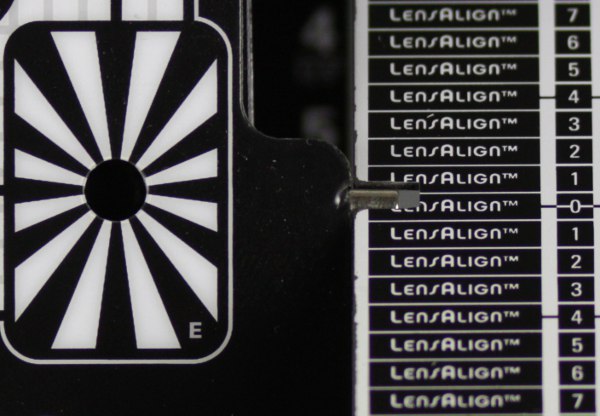 |
| Canon 50D, 400 mm, f/6.3 |
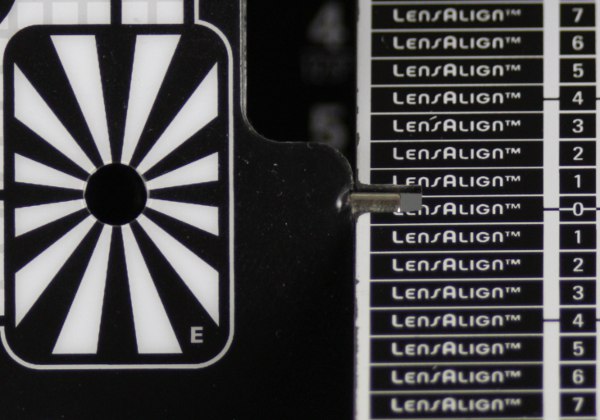 |
| Canon 50D, 600 mm, f/6.3 |
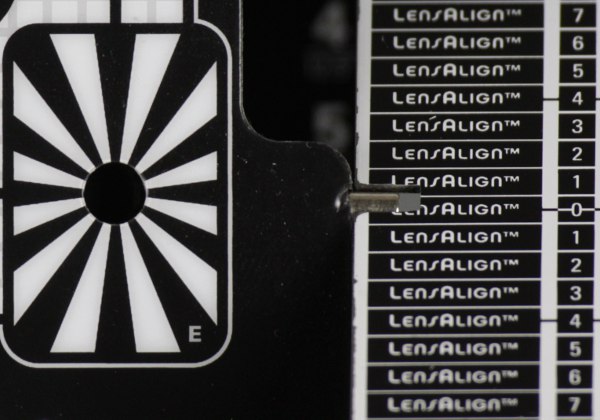 |
| Canon 5D Mk III, 200 mm, f/5.6 |
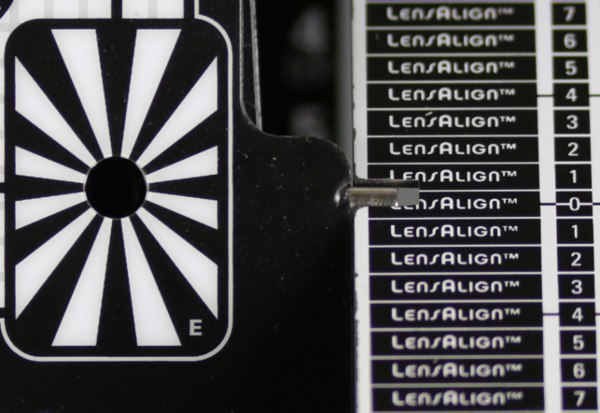 |
| Canon 5D Mk III, 400 mm, f/6.3 |
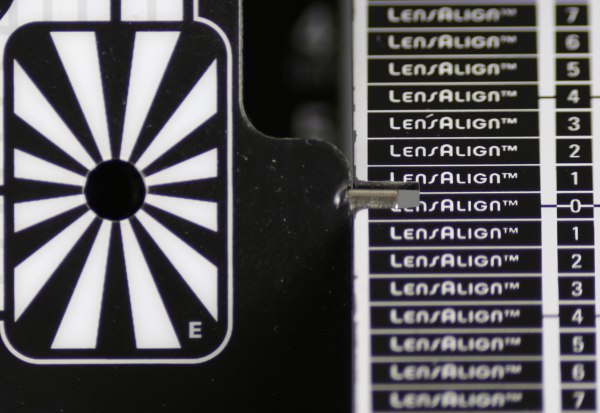 |
| Canon 5D Mk III, 600 mm, f/6.3 |
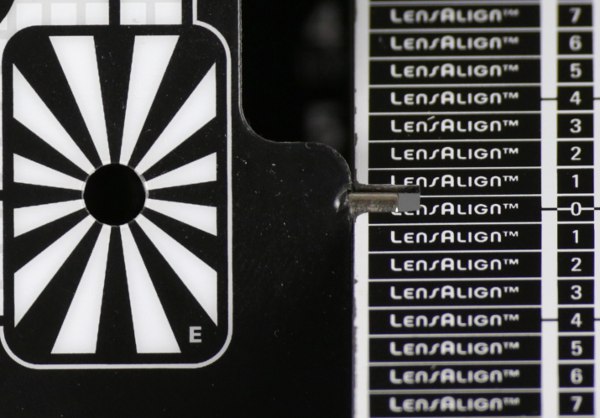 |






